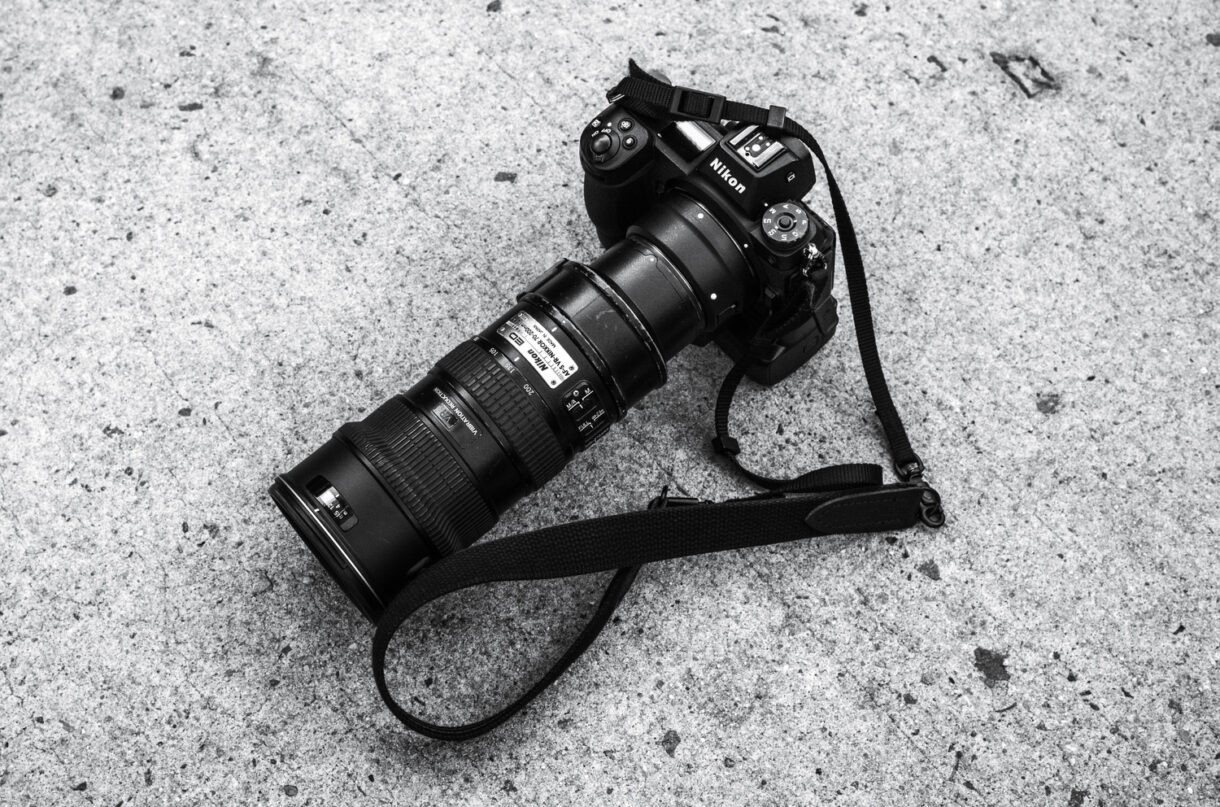Introduction
The world of photography has seen a tremendous transformation over the past decade, with mirrorless cameras being one of the most significant changes. These cameras have revolutionized the way we shoot and capture images, making it easier and more accessible for both amateurs and professionals alike. In this article, we will explore the impact of mirrorless cameras on photography and how they have changed the way we approach the craft.
Background: What is a Mirrorless Camera?
Before we delve into the ways mirrorless cameras have changed photography, it’s important to understand what they are. Unlike traditional DSLR cameras that use a mirror to reflect light onto the image sensor, mirrorless cameras do not have a mirror. Instead, they use an electronic viewfinder to preview and capture the image.
The Advantages of Mirrorless Cameras
-
Size and Weight
One of the most significant advantages of mirrorless cameras is their compact size and weight. Without the mirror mechanism, the camera body can be smaller and lighter, making it easier to carry and handle. This is especially important for travel photographers who need to carry their equipment around for extended periods.
-
Electronic Viewfinder
The electronic viewfinder (EVF) is another advantage of mirrorless cameras. Unlike the optical viewfinder of a DSLR, an EVF displays an electronic image of what the sensor sees. This allows photographers to see the exposure, white balance, and other camera settings in real-time. Additionally, the EVF can provide a more accurate representation of the final image, which can help photographers adjust their settings accordingly.
-
Autofocus
Mirrorless cameras have an autofocus system that is faster and more accurate than DSLRs. This is because the autofocus system of a mirrorless camera uses the image sensor to detect contrast and focus, whereas the autofocus system of a DSLR uses a separate autofocus sensor. This results in faster and more precise autofocus, which is especially useful for capturing fast-moving subjects.
-
Video Capabilities
Mirrorless cameras have excellent video capabilities, which is becoming increasingly important in the world of photography. Most mirrorless cameras can shoot 4K video, and some can even shoot 8K video. Additionally, the EVF allows photographers to preview the video in real-time, making it easier to frame shots.
How Mirrorless Cameras Have Changed the Way We Shoot
-
More Freedom and Flexibility
Mirrorless cameras have made photography more accessible and flexible than ever before. With their compact size and weight, photographers can now carry their camera with them wherever they go. Additionally, the EVF allows photographers to preview the image in real-time, which can help them adjust their settings on the fly. This freedom and flexibility have opened up new opportunities for photographers to capture images that were previously impossible or difficult to get.
-
New Shooting Techniques
Mirrorless cameras have also enabled new shooting techniques that were not possible with DSLRs. For example, the silent shutter function of mirrorless cameras allows photographers to capture images without making any noise. This is especially useful for photographers who need to shoot in quiet environments or capture candid moments without drawing attention to themselves.
Additionally, the EVF of mirrorless cameras allows photographers to see the final image in real-time, which can help them experiment with different settings and shooting techniques. This has led to new creative possibilities and unique images that were not possible with DSLRs.
-
Easier Focus and Exposure Control
The autofocus and exposure control of mirrorless cameras have also changed the way we shoot. With the faster and more accurate autofocus system of mirrorless cameras, photographers can now capture fast-moving subjects with ease. Additionally, the EVF allows photographers to see the exposure in real-time, making it easier to adjust the settings accordingly. This has made it easier for photographers to capture the perfect shot, even in challenging lighting conditions.
-
Enhanced Image Quality
Mirrorless cameras have also significantly enhanced the image quality in photography. The electronic viewfinder allows photographers to see the final image in real-time, which can help them adjust the exposure, contrast, and other settings to achieve the desired look. Additionally, the lack of a mirror mechanism allows for sharper and more detailed images, as the light does not need to pass through a mirror before hitting the sensor.
Furthermore, mirrorless cameras are equipped with larger sensors that capture more light and produce better image quality than their DSLR counterparts. This has resulted in higher resolution images with better color accuracy, dynamic range, and low light performance.
-
New Lens Options
The compact size and weight of mirrorless cameras have led to a new range of lens options. Many camera manufacturers have introduced new lens designs that are smaller and lighter than traditional lenses. Additionally, the shorter flange distance of mirrorless cameras allows for the use of lens adapters, which opens up a range of possibilities for using older lenses on newer cameras.
This has resulted in a wider range of lens options and increased creativity for photographers. They can choose from a range of lenses that best suit their needs and preferences, and they can experiment with different lenses to create unique and creative images.
-
Increased Connectivity
Another advantage of mirrorless cameras is their increased connectivity. Many mirrorless cameras are equipped with built-in Wi-Fi, Bluetooth, and NFC connectivity. This allows photographers to transfer images to their smartphones or other devices quickly and easily, without the need for additional equipment or cables.
Additionally, some mirrorless cameras can be controlled remotely via a smartphone app, allowing photographers to capture images from unique angles or locations. This increased connectivity has opened up new possibilities for photographers, enabling them to share their work more easily and efficiently.
Mirrorless Cameras
Choosing the best mirrorless camera depends on several factors such as your photography needs, budget, and personal preferences. Here are some of the top mirrorless cameras on the market:
- Sony A7 III: This full-frame mirrorless camera is known for its fast autofocus system, excellent low-light performance, and impressive image quality. It is a versatile camera suitable for various types of photography, including landscape, portrait, and sports.
- Fujifilm X-T4: This APS-C mirrorless camera boasts a powerful image stabilization system, fast autofocus, and excellent video capabilities. It is ideal for photographers who prioritize portability and high-quality images.
- Panasonic Lumix S1R: This full-frame mirrorless camera is ideal for photographers who demand high-resolution images. It features a 47.3-megapixel sensor, 5-axis image stabilization, and a fast autofocus system.
- Canon EOS R5: This full-frame mirrorless camera is popular for its advanced autofocus system, impressive image quality, and 8K video capabilities. It is a great choice for professional photographers who demand the best of the best.
- Olympus OM-D E-M1 Mark III: This Micro Four Thirds mirrorless camera is known for its compact size, excellent image stabilization, and fast autofocus system. It is a great choice for travel and street photography.
Ultimately, the best mirrorless camera for you depends on your specific needs and preferences. It’s essential to research and compare different models to find the camera that suits you the best.
Conclusion
In conclusion, mirrorless cameras have changed the way we shoot in many ways. They have made photography more accessible, flexible, and creative, opening up new opportunities and techniques for photographers. Their compact size and weight, electronic viewfinder, autofocus system, and video capabilities have all contributed to the evolution of photography.
Additionally, mirrorless cameras have improved the image quality and provided new lens options and connectivity options. While DSLRs still have their place in photography, mirrorless cameras have undoubtedly changed the game and set a new standard for the future of photography.

